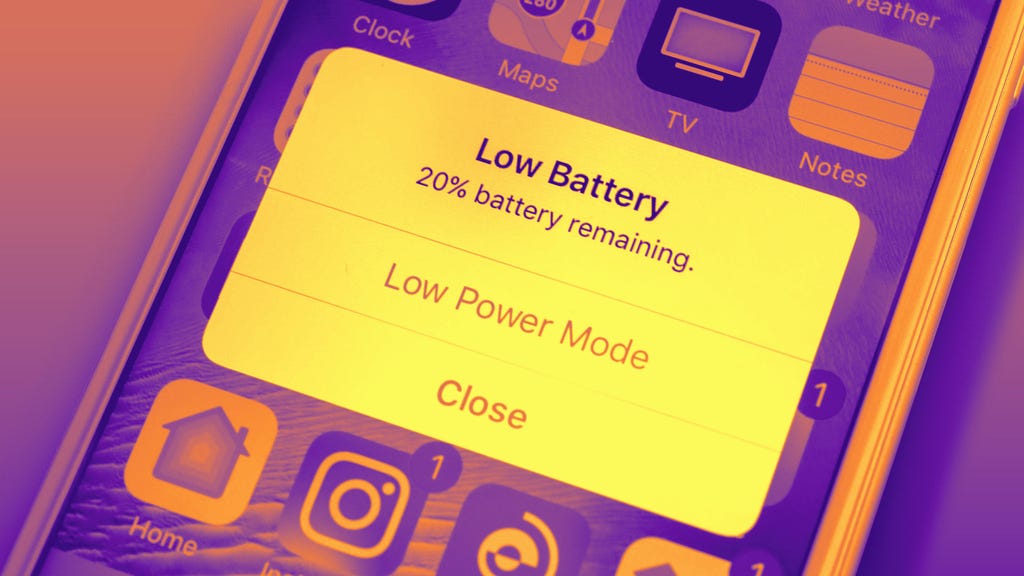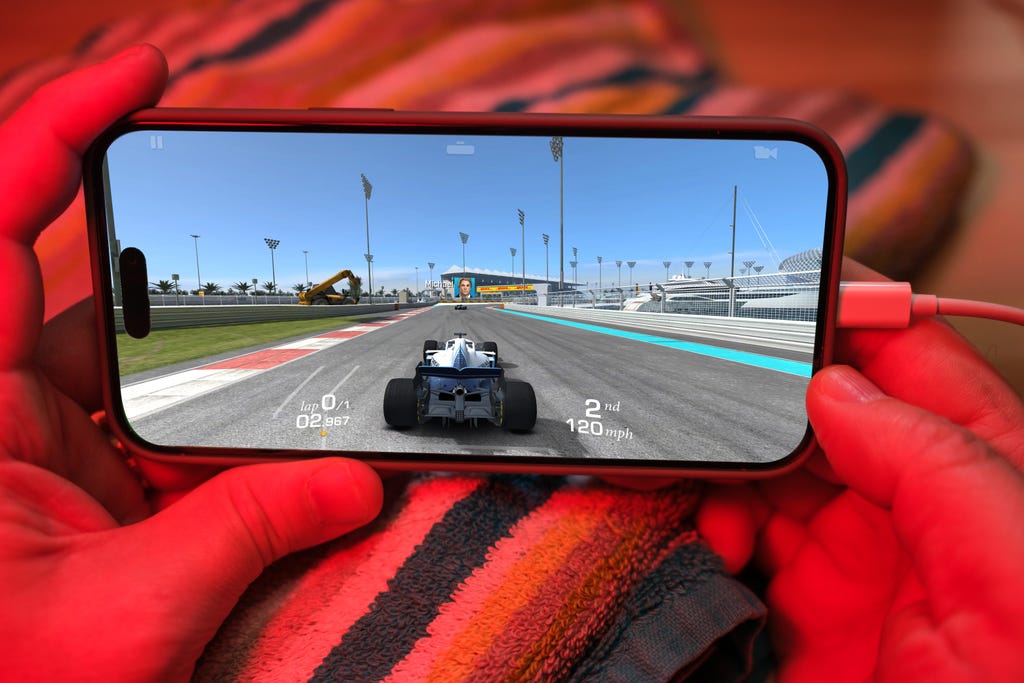Now that the iOS 26 public beta is now available, you may be itching to install it on your iPhone and start to experience the new Liquid Glass interface, live translation and other features coming in the fall. But I'm going to be the annoying voice of reason for a moment and encourage you to hold off for now -- or at least make sure you're loading it on a test device. The "beta" in "public beta" is there for a reason.
Prerelease software is unfinished, and even though a public beta means Apple is confident enough to seed it on several thousand iPhones, the goal is to see how the update fares before it's deployed on millions of iPhones. Although the iOS 26 developer beta has been pretty stable, one never knows what bugs could slip through.
For more on what iOS 26 brings to the iPhone, make sure you check out everything Apple announced at WWDC 2025.
A positive word about installing the iOS 26 public beta
The public beta is more stable than the developer betas, which are intended for developers who need to skirt the edges of stability to test their products.
But "more stable" isn't the same as "rock solid." Apple is still adding and changing features in the iOS 26 betas before the anticipated release of iOS 26 in September or October.
If you decide to install the iOS 26 public beta, I recommend doing it on a separate iPhone that isn't used as your main personal phone. iOS 26 will work with models as old as the iPhone 11, so reach into the back of your tech drawer and put that forgotten iPhone into service.
Also, as always, make sure you have good backups of your data.
Bugs are part of the iOS 26 public beta
Now, let's discuss why upgrading to the iOS public beta might be a bad idea.
Software bugs at the development stage are to be expected -- in fact, that's kinda the point. Now is the time for bugs to skitter into the light so developers can catch them and Apple can fix them before the final release. Opening the public beta to more testers helps flush out odd interactions with a much larger pool of iPhones and third-party apps.
Bugs can vary across the spectrum. You could face connectivity issues with Bluetooth or Wi-Fi, or end up with third-party applications crashing from time to time. And runaway background processes could keep the system running hotter than normal, decreasing not just how long the phone operates on a battery charge, but potentially stressing the battery's lifespan. To be fair, I've never dealt with any show-stopping, brick-your-phone bugs in a beta -- usually, they're a series of annoyances that can grate on you after a while. But all of this is perfectly normal in developer and public betas.
But if you don't want to deal with bugs and other issues that could make your phone more difficult to use, you probably don't want the iOS 26 public beta on your primary iPhone.
Your battery life may worsen
Did you recently buy a recommended portable charger for your iPhone? Expect to make more use of it while running beta software. Energy efficiency is usually the last thing Apple's developers optimize, because the priority at this point is to make sure features work and bugs are stamped out.
An iOS update also triggers a host of internal indexing, which consumes a lot of energy for a few hours or days after installation. The Photos app, for example, updates its database of recognized people, scans images for new recognizable objects or scenes for search purposes and looks for duplicates.

Betas can be tough on batteries. CNET
Performance may take a hit
Partially because of the reindexing of gigabytes of data on your phone, the iOS 26 public beta will almost certainly not deliver the performance you might be expecting. Processor-intensive apps and games also need to be tuned to work with the new iOS, so stutters and glitches are normal.

Game Mode can improve performance in demanding games but beta software could interrupt such low-level processes. Jeff Carlson/CNET
I know it's tough to be patient when future features are just a download away. But I also don't want you to be burned (as I have in the past).
For more about iOS 26, see how the new Liquid Glass interface compares to iOS 18.





